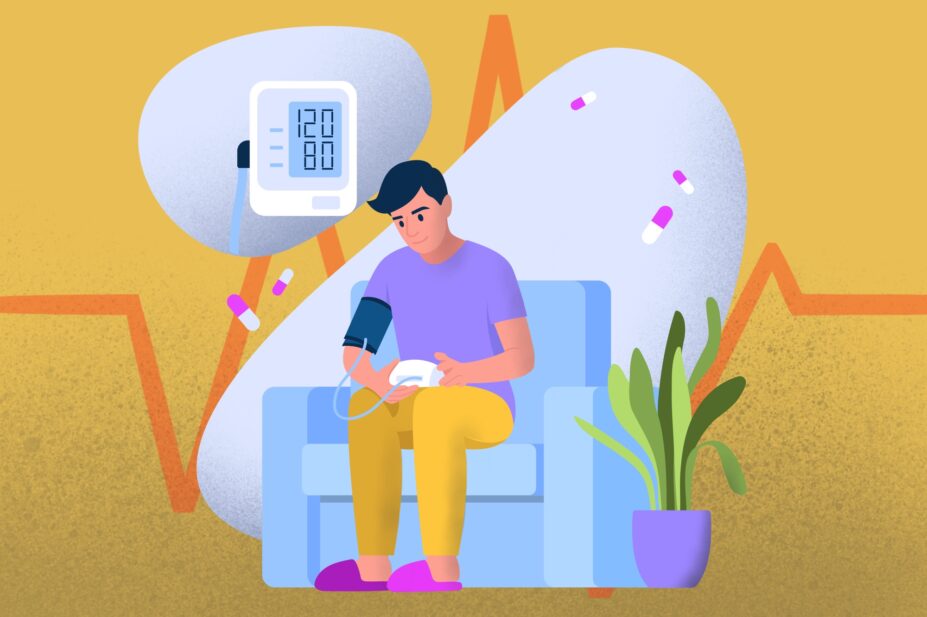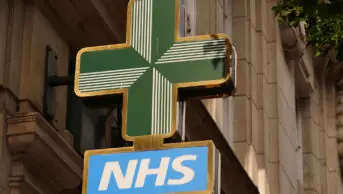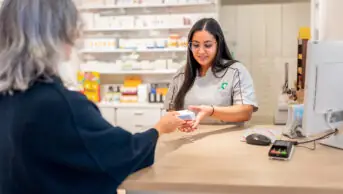
The Pharmaceutical Journal/Shutterstock.com
I am a primary care pharmacist working within Dudley, West Midlands, and have recently been appointed as the area’s community pharmacy primary care network engagement lead.
As part of this role, I was given the lead responsibility to implement a pilot scheme to help increase and improve detection and monitoring of hypertension within the local population, aimed at reducing health inequalities and supporting the NHS ‘Core20PLU5’ clinical area of hypertension case finding.
I have a passion for the clinical area of hypertension, mainly because it is one of the most poorly diagnosed conditions nationwide, with as many as 5 million adults in the UK having undiagnosed high blood pressure. If diagnosed early and managed appropriately, there are clear and evident health outcomes to support long-term cardiovascular health, reducing the burden of disease, the risk of hospital admission and supporting the aims outlined within the NHS Core20PLU5 initiative.
Setting up the scheme
I conducted the 12-month pilot at one of my GP surgeries in Dudley, which has a patient population of 7,000 people. The area has poor uptake, prevalence and monitoring of hypertension, owing to its demographic.
In October 2023, the Black Country Integrated Care Board, along with my senior colleagues, implemented a new function within the EMIS patient medication record system to enable the surgery to create electronic referrals/signpost to local pharmacies for completion of clinic and ambulatory blood pressure monitoring (CBPM/ABPM) to support detection and monitoring of hypertension.
To help increase awareness of the availability of this additional referral access, I discussed the rationale for the implementation of the pathway, as well as its importance for the local population, with the clinicians and GP partners at a clinical meeting at the practice.
I also developed a comprehensive user guide on how to use this additional referral function, which is to be completed with a section that allows supportive information to be communicated to local pharmacies, providing context and background to the referral.
These referrals reduced the risk of medicines dosage increases or new antihypertensive treatment, which reduced the risk of avoidable harm
In the same way as general practices, we have a diverse team of clinicians, such as GP assistants, physician associates and paramedics. It was paramount that the wider team was aware of this function and could recognise its ability to support prevalence and monitoring, to obtain significant outcomes from the pilot scheme and in future use.
I discussed how we could use this referral pathway to help support patient care and improve efficiency of workload with the clinicians at clinical meetings. Everyone at the practice was very proactive and started using this additional referral pathway without delay.
Outcomes
I reviewed the data captured from the referrals to community pharmacy for CBPM and ABPM between October 2023 and October 2024, and subsequently followed up on the outcomes of these with regards to diagnoses and monitoring.
Of patients referred to community pharmacy for blood pressure monitoring, 37 (38.5%) showed a normal BP. Initially, more than half of these patients had a high clinic BP within the GP surgery, so these referrals and subsequent normal BP measurements in community pharmacy reduced the risk of medicines dosage increases or new additional antihypertensive treatment, which reduced the risk of avoidable harm, such as hypotension/falls risks and potential hospital admission.
The data review also revealed 18 new patients were diagnosed with hypertension (equating to one to two new diagnoses of hypertension every month) as a result of the referrals and were offered lifestyle advice and antihypertensive treatment, in line with National Institute for Health and Care Excellence guidelines. In addition, six patients had their current antihypertensive medication optimised as a result of the ABPM, with two patients referred onwards for potential atrial fibrillation diagnosis through symptom review and electrocardiogram.
Of all patients referred to local pharmacies for ABPM, 17.5% of completed referrals resulted in a significant outcome, such as hypertension diagnosis, medication optimisation or further investigation for AF diagnosis. Therefore, by replicating this model, GP surgeries (particularly those with a greater patient population) have the potential to achieve a significant impact in increasing hypertension and atrial fibrillation detection.
These data have been shared with Dudley Local Pharmaceutical Committee and were greatly received. It has also provided reassurance to pharmacy contractors and GP surgeries on the benefits of patients being signposted to community pharmacy for the hypertension case-finding service. The head of community pharmacy services at the integrated care system will be sharing the data from the pilot scheme to support the continual funding of electronic referral access, as well as the addition of the initiation and maintenance tab for oral contraception.
- This article was amended on 10 December 2024 to clarify that 17.5% of completed referrals resulted in a significant outcome


